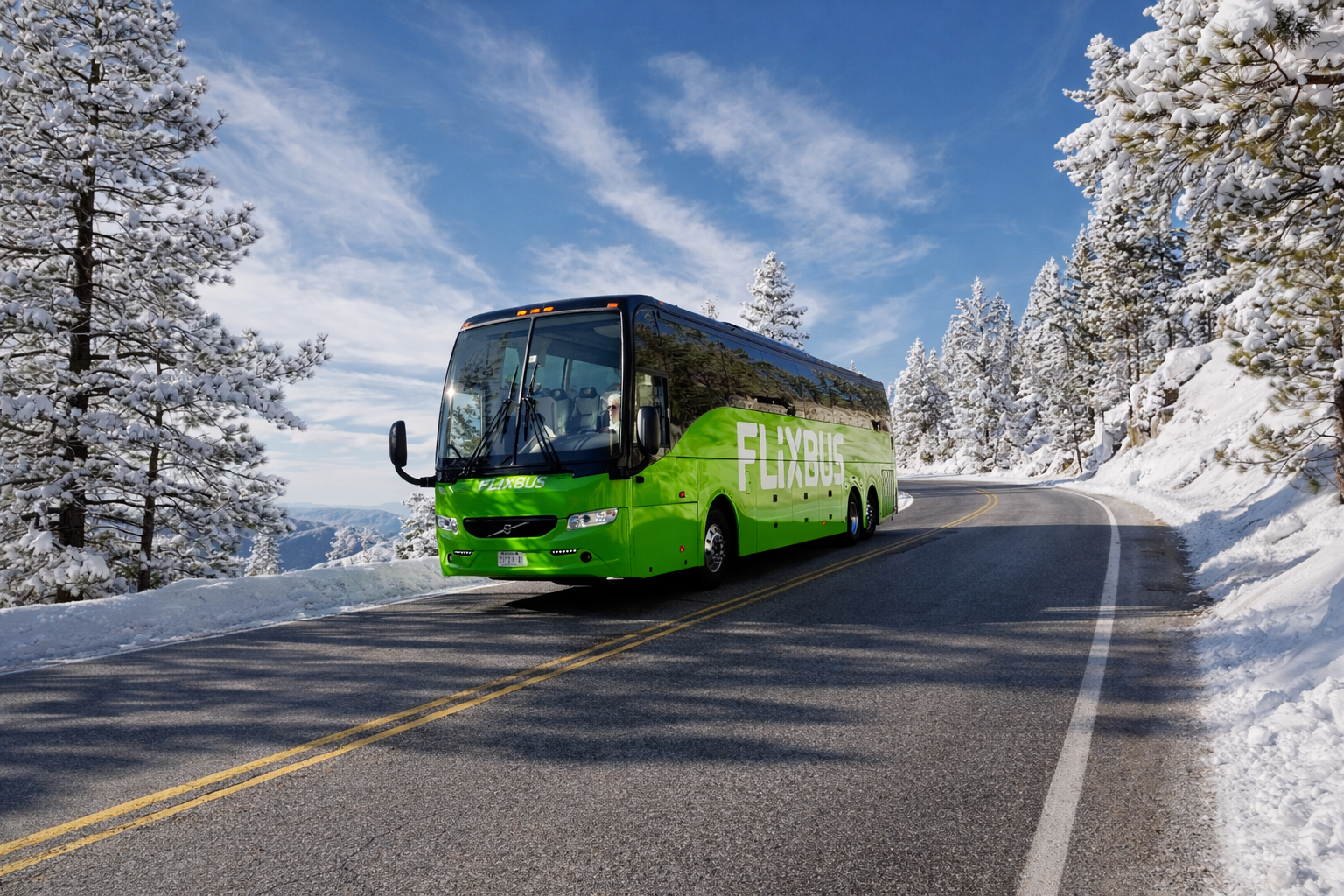They say it's a sign we're coming back to earth as a result of the recession. And perhaps it signals a growing environmental awareness. Certainly, the loss of cheap and easy credit is a factor, as well.
Whatever the cause, we all have a reason to be thankful: the McMansion is losing favor with American homebuyers, according to data published in the New York Times magazine last week. This year, builders are marketing a new ideal of around 1,700 square feet -- large homes by international standards but a relative cubby hole compared to the average of 2,500 square feet that dominated during the housing bubble.
Jason Tinkey at Network blog A Planner's Dream Gone Wrong has taken a moment to contemplate our evolving preferences. It's worthwhile to consider just how we got to the point where building a 6,000-square-foot home seemed like a good idea.
Our nation's identity is closely linked to a frontier mentality, a notion that there is an inexhaustible supply of both land and resources. This would have made perfect sense to early settlers who happened upon seemingly endless tracts of virgin forest and vast herds of bison. Of course, we hit the west coast 200 years ago and have been steadily populating the gaps ever since, but the myth still lingers. Buy a house for your 2.5 kids, tend a chemically-treated lawn, drive everywhere even if you don't need to, before eventually succumbing to suburban ennui. This is what "normal" people have done for fifty years in this country.
Of course, no one is really sure whether smaller houses are back to stay, or whether this trend will reverse itself in a future turn of the real estate market. But Tinkey thinks once Americans get a taste of more proportionally sized digs, the benefits will speak for themselves:
The house-buying public will, eventually, understand that bigger is not always better. I think that it's a generational shift which is only beginning.
Elsewhere on the Network today: Greater Greater Washingon gives some thought to the ethics of gentrification. The League of American Bicyclists reevaluates the share of TIGER II funds that went to bike and pedestrian projects. And Steven Can Plan remarks on the success of yesterday's counter-protest in support of the new Prospect Park West bike lane in Brooklyn.






